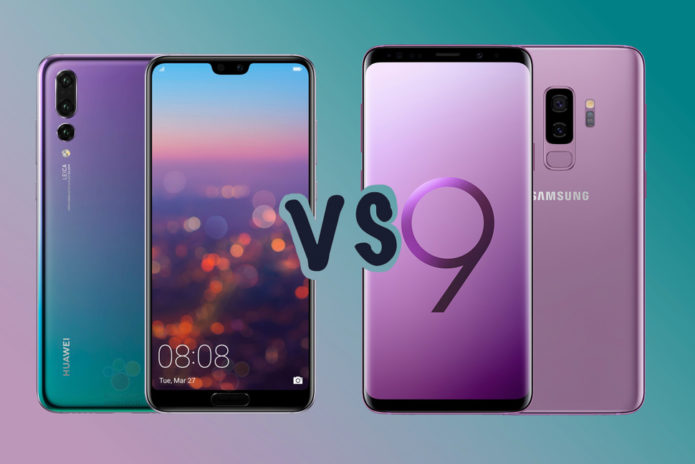There was a time when you wouldn’t compare Huawei and Samsungphones. The fact that you now should is very much a testament to how far Huawei has come with its devices.
The Huawei P20 Pro has now been officially unveiled, with the company looking to challenge all smartphone rivals, from Apple to Samsung.
We’ve also reviewed the Samsung Galaxy S9+ and praised it widely. So how does Samsung’s top phone compare with the new Huawei P20 Pro?
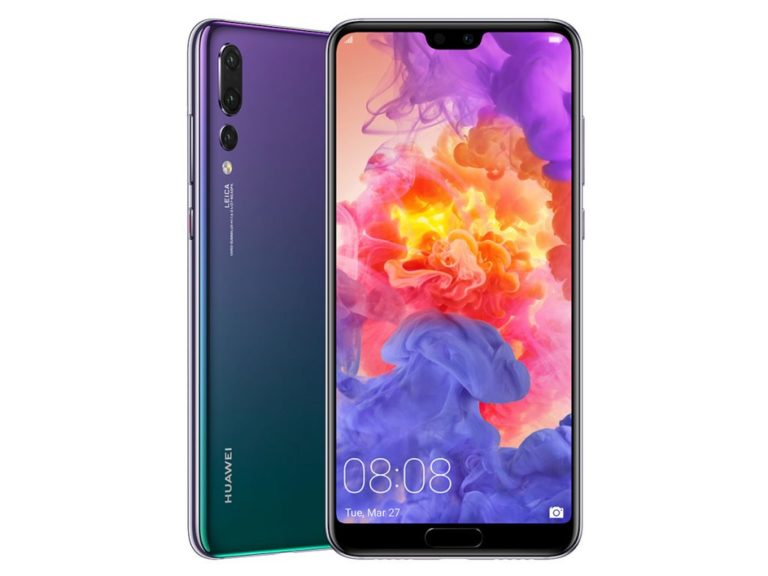
Huawei P20 Pro vs Samsung Galaxy S9+: Design
- P20 Pro: Glass and metal, IP67, 7.8mm thick, display notch
- S9+: Glass and metal, IP68, 18.1mm thick, curved edge display
- Only Samsung offers 3.5mm
Samsung’s Galaxy S9+ has a rather incremental design, but as we said, if it’s ain’t broke, why fix it? Dual curved display meets a matching curved back in a range of great colours. It’s a design that’s original, instantly recognisable as Samsung, but some might mistake it for the Samsung Galaxy S8+. It measures 159.5 x 73.4 x 8.1mm and weighs 173g.
Huawei’s design inspiration appear to come from the iPhone X. There’s a notch in the display at the front and a similar arrangement for the camera on the rear, in a glass and metal sandwich.
So Huawei’s design radically changes this phone from the Huawei P10, but it might also be accused of copying the iPhone. However, there’s no lack of quality in Huawei’s phone. It offers IP67 waterproofing compared to IP68 on the Galaxy S9+, while the Huawei phone is only 7.8mm thick, compared to 8.1mm for the S9+.
The P20 Pro has a fingerprint scanner on the front of the phone, while Samsung’s placement is on the rear. Huawei’s offers swipe actions too, so is nice and convenient. Talking of convenience, Samsung retains the 3.5mm headphone socket, while Huawei has ditched it.

Huawei P20 Pro vs Samsung Galaxy S9+: Display
- Samsung Infinity Display: 6.2-inch, 2960 x 1440 AMOLED, 18.5:9
- Huawei FullView Display: 6.1-inch, 2244 x 1080 OLED, 18.7:8
Samsung is all about the display. The Galaxy S9+ is loaded with the Infinity Display, one of the finest highest resolution displays in a mobile device. It’s AMOLED, curved at the edges and fills most of the front of the phone, with a cracking Quad HD+ resolution, with 530ppi.
Huawei is also using OLED in the Huawei P20 Pro with a similar size at 6.1-inches. Huawei has stuck to Full HD+, however, with a 2244 x 1080 pixel resolution, that’s 408ppi, and there’s the notch at the top of the display. You do get the option to hide the notch in the software if you don’t want it, flanking it with black for a seamless look.
So Huawei P20 Pro is a lower resolution, but the Galaxy S9+ reverts to Full HD+ anyway to preserve battery, so it might not make any difference in day to day use. Yes, Samsung can push more pixels when you really need detail, but that will come at the cost of battery life.
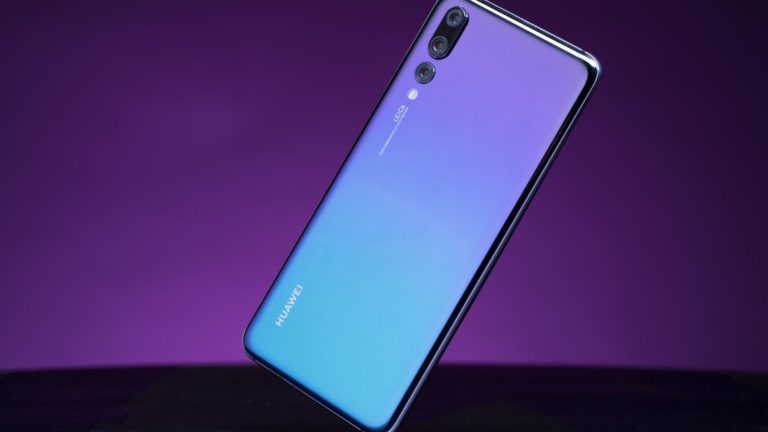
Huawei P20 Pro vs Samsung Galaxy S9+: Hardware
- Samsung: Exynos 9810 or SD845, 6GB RAM, 64GB + microSD, 3500mAh battery
- Huawei: Kirin 970, 6GB RAM, 128GB storage, 4000mAh battery
The Huawei P20 Pro will have the HiSilicon Kirin 970 with 6GB of RAM, a powerful loadout. It will come with a generous 128GB of storage as standard, but there’s no support for microSD, so no simple expansion of that storage.
Samsung has the latest Exynos or Qualcomm Snapdragon hardware again with 6GB RAM. Storage is lower at 64GB as standard, but microSD is firmly in place, so it’s cheap to expand. We don’t think there will be huge differences between the performance of these devices day-to-day, although the Snapdragon version might edge the others on graphics performance overall.
But the Huawei is reported to come with a 4000mAh battery while the Samsung Galaxy S9+ offers 3500mAh. Whichever way you slice it, more battery is more better, so Huawei could last longer. Both also offer fast charging, although Samsung supports wireless charging too.
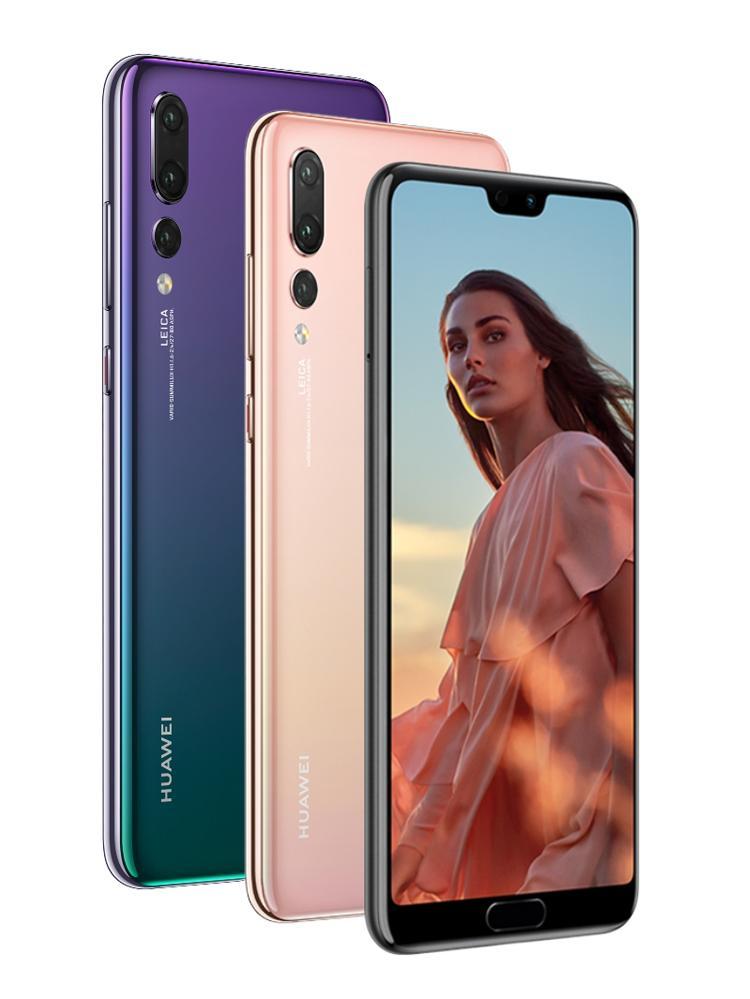
Huawei P20 Pro vs Samsung Galaxy S9+: Cameras
- Samsung: Dual aperture, dual pixel, dual OIS camera with 2x optical zoom
- Huawei: Triple Leica camera system, RBG and monochrome sensor, and 3x optical zoom
Samsung’s big camera play was with dual aperture, allowing the camera to switch between f/1.5 and f/2.4 depending on the conditions. The aim is to give better low light photos and it certainly can take photos that other cameras suffer with.
On the Galaxy S9+ there’s the second lens which is a 2x optical zoom – both are stabilised – letting you get a little closer to the action, as well as 960fps slow motion capture – although this isn’t so good in low light.
The Huawei P20 Pro has a 40-megapixel RGB sensor and a 20-megapixel monochrome camera arranged together in a bump. They work together to create higher quality photos by capturing more data, although the 40MP sensor will use Pixel Fusion technology to create a larger pixel area of 2.0µm, better for low light capture.
The third 8MP camera offers 3x optical zoom and f/2.4, letting you get 3x closer to the subject. This can then be combined with the 40MP camera to give you 5x Hybrid zoom.
The Samsung is a great performer in low light, although the super slow-motion needs good light to work properly. Otherwise, Samsung offers a great camera, even if the HDR results aren’t always best in class. Huawei is promising a lot from the P20 Pro camera, but we’ll need to fully test it before we can determine which is best.
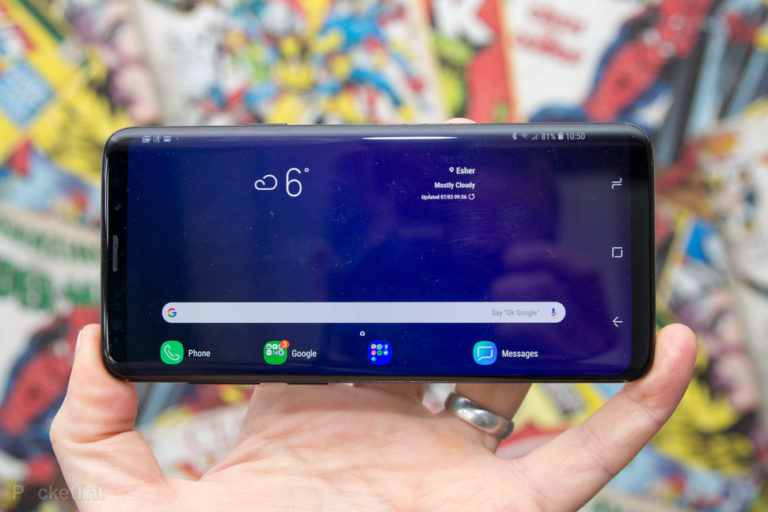
Huawei P20 Pro vs Samsung Galaxy S9+: Software
- Samsung: Android Oreo + Samsung Experience UX
- Huawei: Android Oreo + EMUI
Samsung and Huawei are the last remaining bastions of the complete Android makeover. Aside from Google apps, there’s very little in the Galaxy S9+ that looks like stock Android. There’s some duplication of apps, but there’s customisation and options galore, with a wider range of services and features than any other phone.
Huawei has always sat close to this idea with EMUI. Like Samsung, it looks to own the software experience with its own tweaks and offers a full makeover of Android. However, in the most recent versions of EMUI this has been reduced with a more natural Android feel, so Huawei’s software position continues to get better and better.
Until we’ve full tested the device just don’t know how that software will perform.
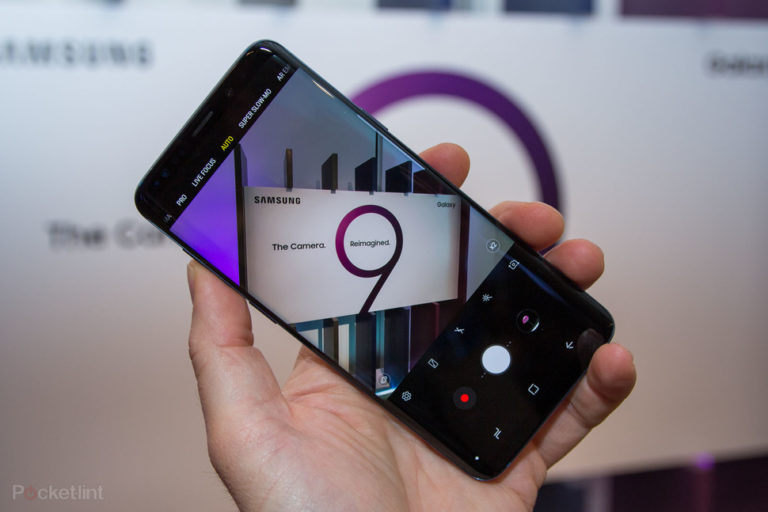
Huawei P20 Pro vs Samsung Galaxy S9+: Price and conclusions
- Samsung S9+: £899/$1223
- Huawei P20 Pro: £799/$1087
The Samsung Galaxy S9+ is expensive, there’s no avoiding that. Priced at £899, it’s the same price as Samsung’s last expensive phone, the Note 8 – although there are some great deals on the Samsung Galaxy S9+.
The Huawei P20 Pro price is £799, which means it undercuts its rivals considerably. It has also been confirmed that some pre-orders will come with a pair of Bose QC35 II headphones – worth £329!
Battery life is likely to be Huawei’s strong point based on specs, while the camera is promising a lot too – things we still have to fully test. Samsung’s camera is great in some conditions, but the Galaxy S9+ really sells itself on the complete experience, from the maturity of the software through to the outstanding speakers and the wonderful display.
Huawei has a lot to prove and a lot to fight for. The Huawei P20 Pro has a high quality build and spec – and some might only see an iPhone X copy. However, with Samsung’s S9+ being very similar in design to the S8+, it might just be a chance to Huawei to win over some of those getting bored with the status quo.
Compare the best Huawei P20 Pro and Samsung Galaxy S9+ deals
Use our comparison tool to find a contract plan that suits you.
(pocket-lint.com, https://goo.gl/aPYC2r)


